How Rogers Stirk Harbour + Partners built The Macallan’s Speyside distillery
Look back at the journey behind the creation of the award-winning The Macallan Distillery in Scotland’s Speyside, by renowned architecture studio Rogers Stirk Harbour + Partners
Joas Souza - Photography
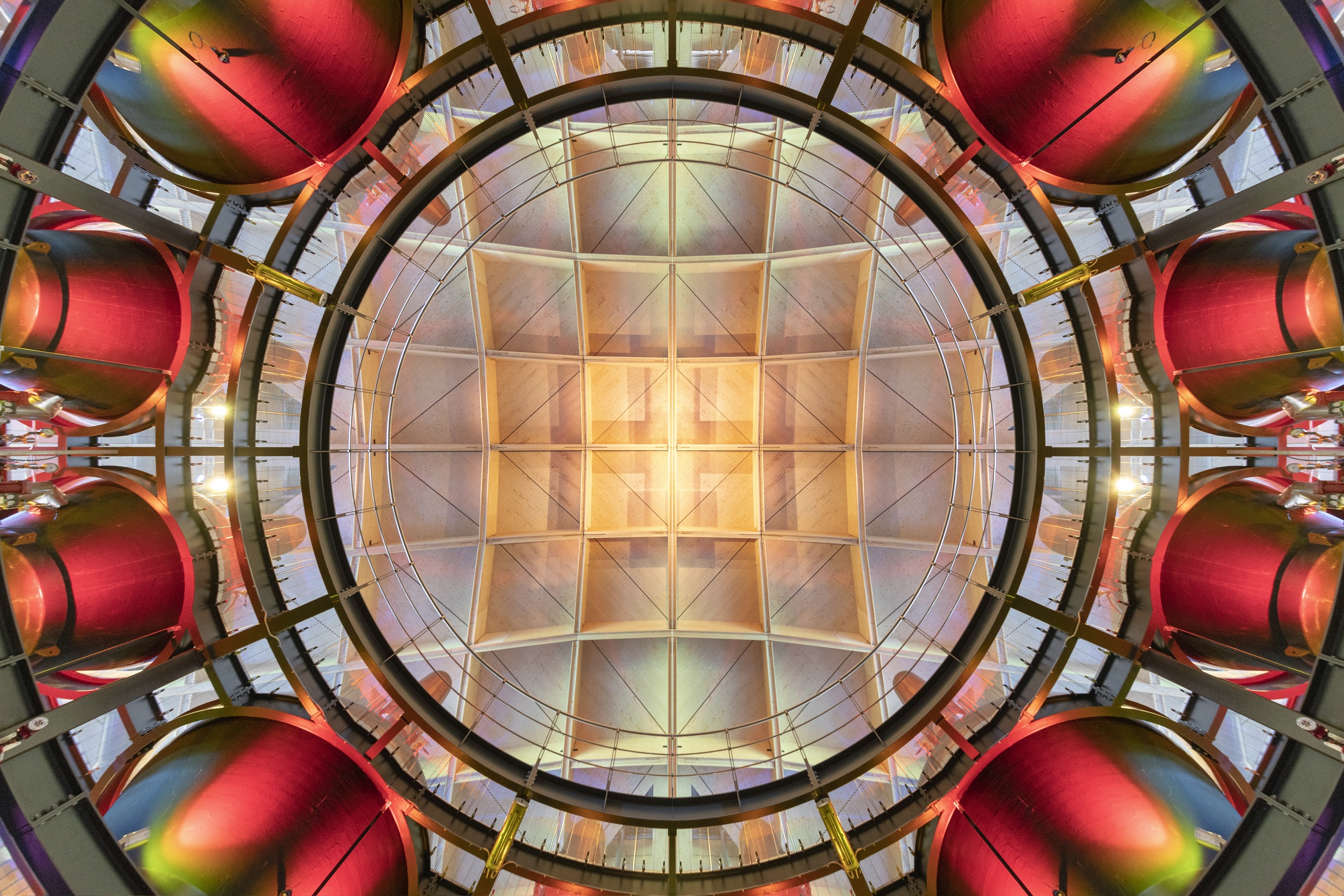
Back in the summer of 2012 The Macallan – makers of luxury single malt scotch whisky since 1824 – launched an international competition for the design of a new and architecturally audacious project. Incorporating a new factory, HQ and ‘Distillery Experience' for visitors, the proposed building was to be situated on an existing field within 485 acres of The Macallan Estate and the listed Jacobean manor, Easter Elchies House, aka The Macallan’s spiritual home.
The client set architects and engineers a rigorous brief for a design-focused brand home that would project the vision and direction of the leading single malt whisky marque into the future. With the barley field site of the new building at the edge of Scottish countryside designated as an ‘Area of Great Landscape Value’ – a land corridor following the sweep and contours of the River Spey integral to The Macallan Estate and The Macallan Fishing Beat – any competitive proposal would have to be brave, bold and audacious while remaining sensitive to the surrounding environment of ancient Scottish earthworks, long cairns, brochs and wells. The importance of the neighbouring ancestral house had to be respectfully acknowledged but the new distillery would also be required to increase The Macallan’s production of whisky by up to a third. Quite a challenge.
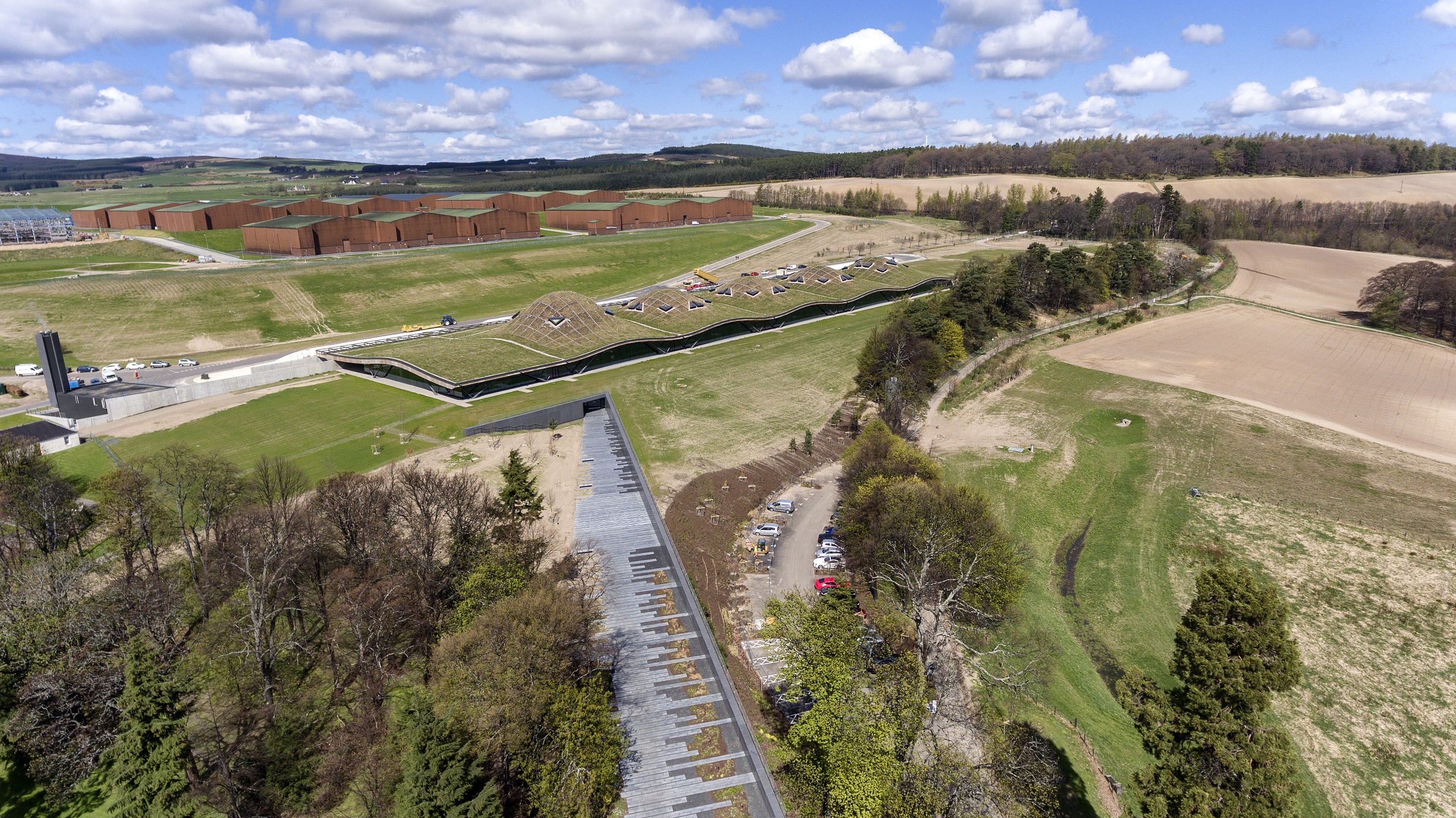
Enter Graham Stirk of Rogers Stirk Harbour + Partners, the London-based practice whose impressive portfolio includes One Hyde Park, the Leadenhall Building, NEO Bankside London and the Millennium Dome. Stirk provided a plan that mitigated the impact of the building; a response to the landscape as the primary context rather than the disparate nature of the existing built facilities and storage units.
But it was Rogers Stirk Harbour + Partners’ projected roof design that offered the most compelling prospect. Said to be one of the most complicated timber structures in the world – 1,800 single beams, 2,500 different roof elements, and 380,000 individual components, almost none of them the same – the undulating canopy would be a beautiful, meticulously engineered, wood and steel wonder.
‘Whilst the roof design is described as a landscape response, the roof was never intended to disappear or be lost within the hillside,' explains Toby Jeavons, Associate Partner and Project Architect at Rogers Stirk Harbour + Partners. ‘As such, the roof is positioned on top of the retaining structure and not bound by it. This allows the upstanding depth of the roof structure to act as a balustrade to the grid line and to the Northern edge of the roof as it appears to meet the ground. As the roof "sails" above the retaining structures, it is freed from restraining ground pressures and loads.'
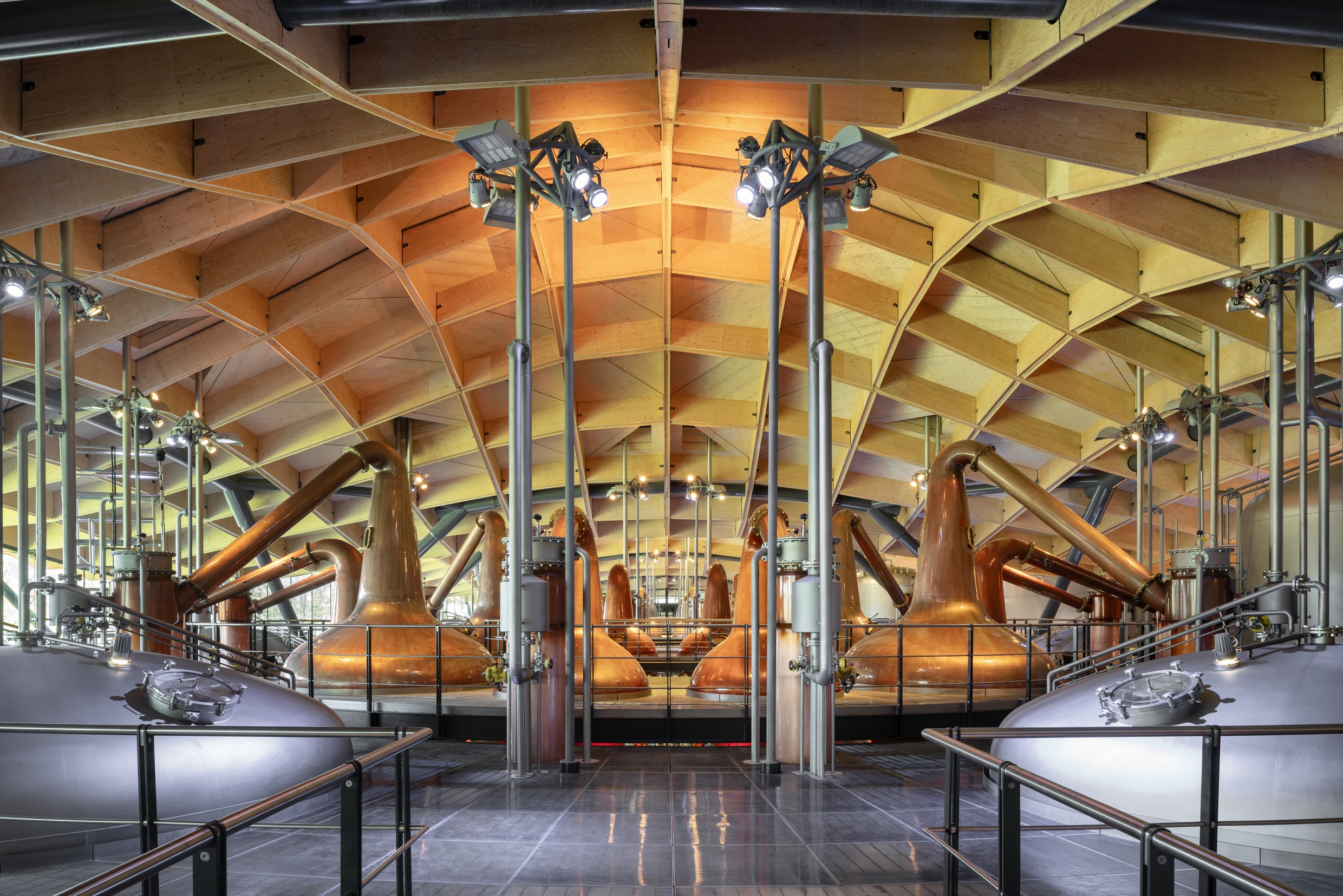
Eventually completed back in 2018, the roof structure consists of two principal parts, the primary tubular steel support frame and the rolling domes and valleys of the timber grid shell. The primary steel frame is laced through the centre of the timber beam structure and helps to resist the torsional forces. The timber domes act in compression and the interconnecting valleys are hung between the domes. All the roof beams are straight and all the cassettes are flat, double-skinned panels.
‘This provides the facetted appearance so important for the "engineered landscape",' says Jeavons. ‘Despite the highly repetitive and rotational roof geometry, the finished structure is constructed from over 380,000 components. All of the timber beams are vertical and a constant expressed depth of 750mm which allows for considered and neat interfaces with internal partitions as well as the solid and glazed facades.'
Receive our daily digest of inspiration, escapism and design stories from around the world direct to your inbox.
The changeable highland weather and uncompromising Scottish elements also proved a significant factor in the building’s material construction and profile. ‘The architectural concept of the distillery allows it to thrive in the Scottish elements by reflecting the very nature that surrounds it. The profile is low and hugs the ground. The roof structure anticipates severe snow loading, and the natural green roof coverings utilise a specific, low maintenance mix of Scottish wildflowers and meadow grasses suited to the location.'
To satisfy the proprietor’s desire for increased yield, practicality and an efficiently attractive, visitor-friendly space, the architects envisaged a facility that contained a rhythm of production ‘cells' which could be conceptually added or taken away to provide the required capacity.
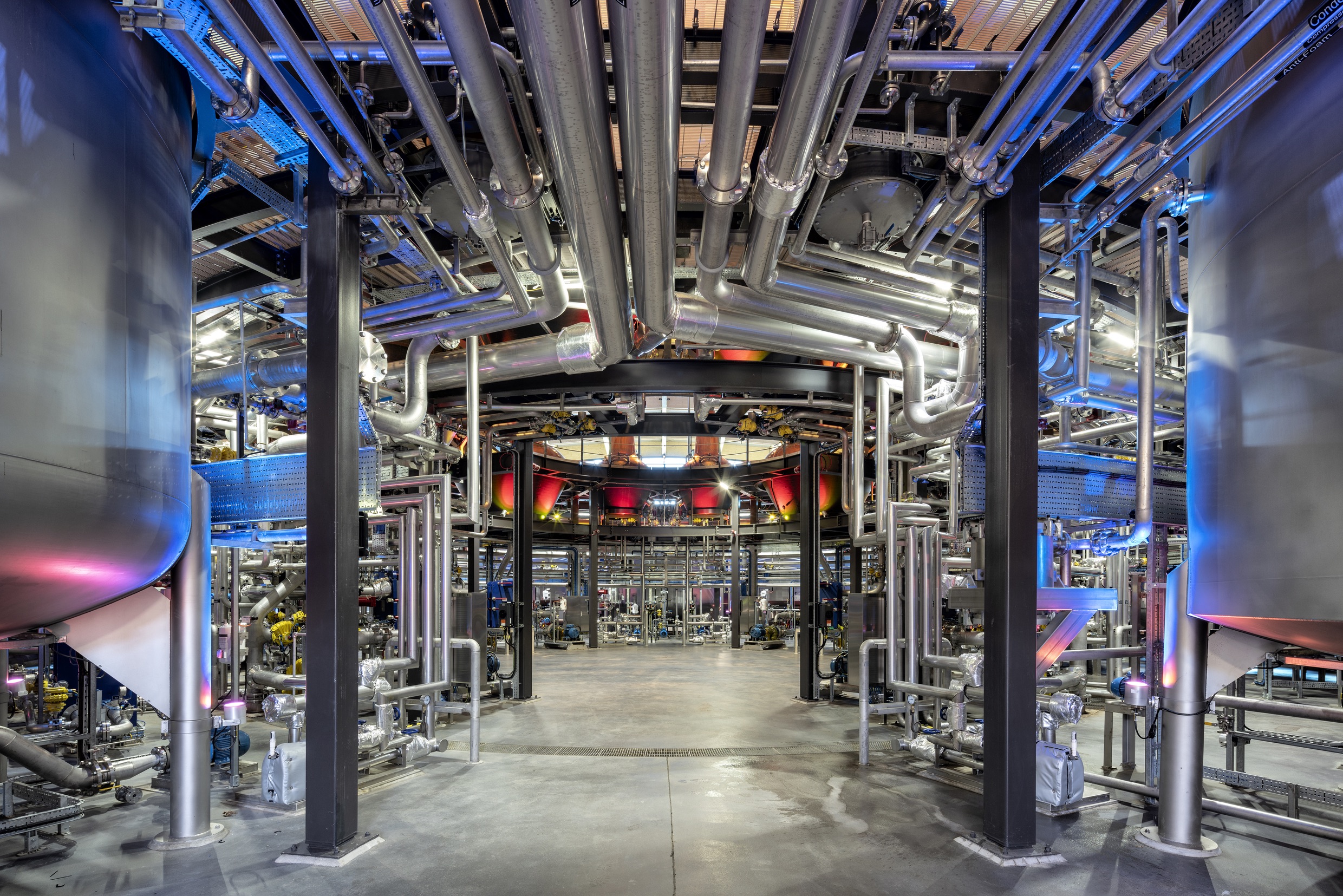
‘A production cell is a combination of the required fermentation and distillation vessels which we have positioned in a circular arrangement. This is to increase the visibility of the beautiful production equipment. By situating the hand-made copper pot stills in an elevated central position the building celebrates the entire production sequence.'
‘The distinctive roof configuration is a reflection of the circular production cells beneath it and takes the form of a laminated veneered lumbar (LVL) orthogonal grid shell. The use of timber is in part a reflection of the particular importance that The Macallan place on wood during its whisky’s maturation process – a crucial factor which accounts for up to 80 per cent of the character of the single malt whisky. The roof undulates with equal rhythm over four process cells below and is then pulled higher to the South where the roof accentuates and highlights the Visitor Experience’s point of entry.'
For inspiration, Graham Stirk and his team examined historic plans for the original estate dating back to the early 18th century, notably a Thomas Whyte plan, which hangs in The Oak Hall in Easter Elchies House. This helped inform the setting of the building, in particular, the serpentine approach to the Visitor Experience entrance at the southern end of the facility.
‘It was always important to us that the two buildings were physically joined,' says Toby Jeavons. ‘The Experience is the reception – and not a separate area where one learns about the distilling process abstractly. It was important to deliver a clear view into beautifully co-ordinated production area. In this building, nothing is to be hidden away.'
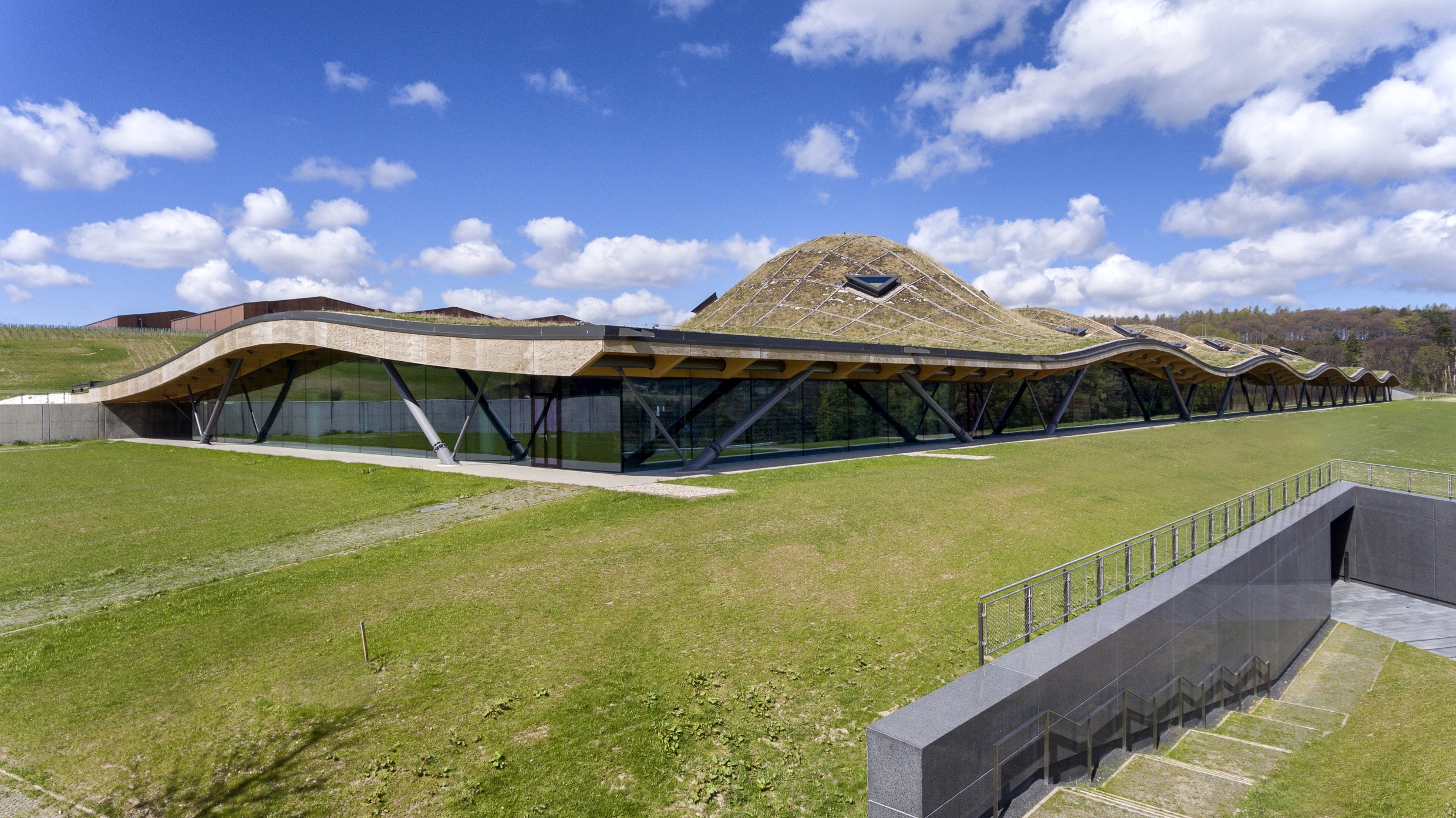
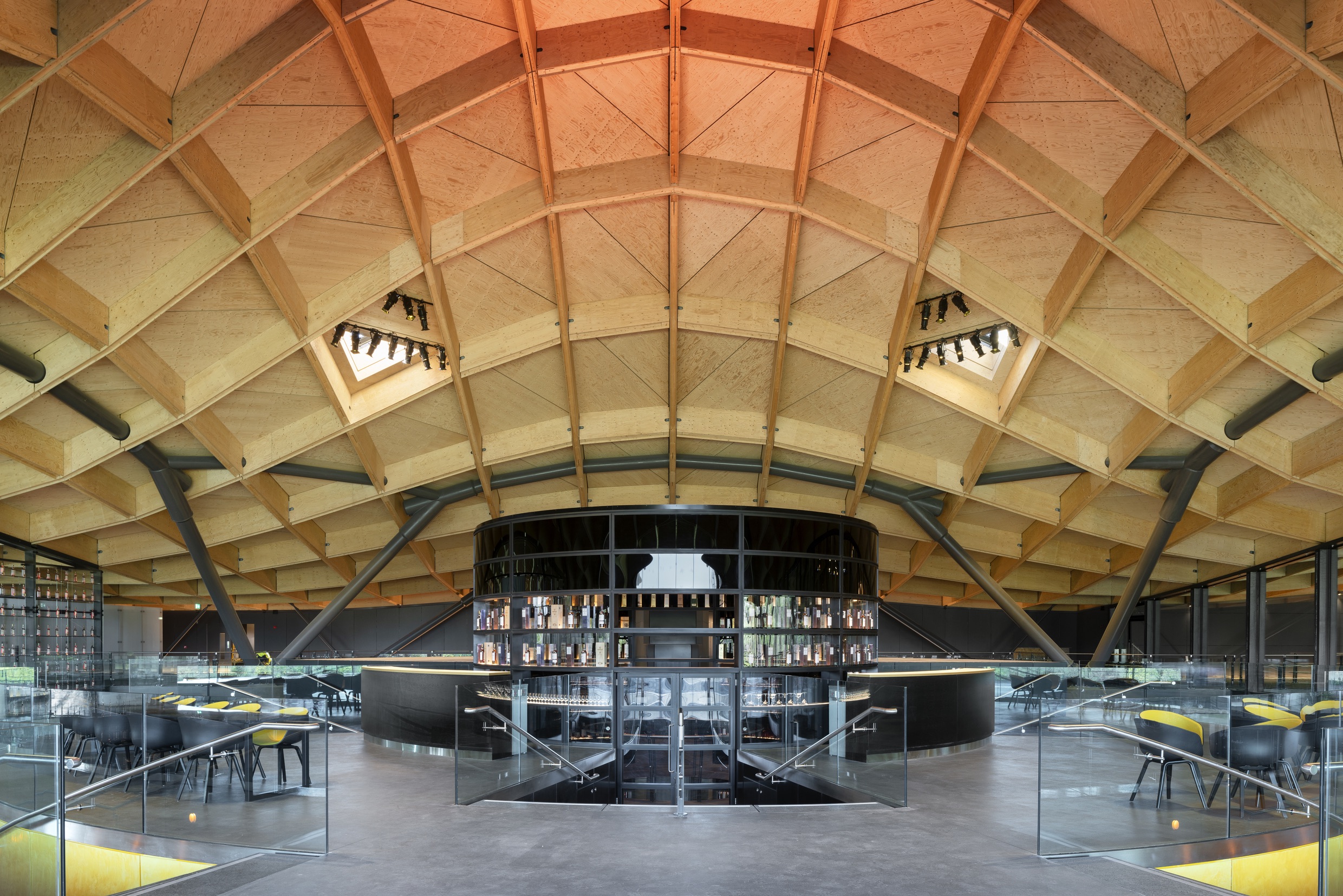
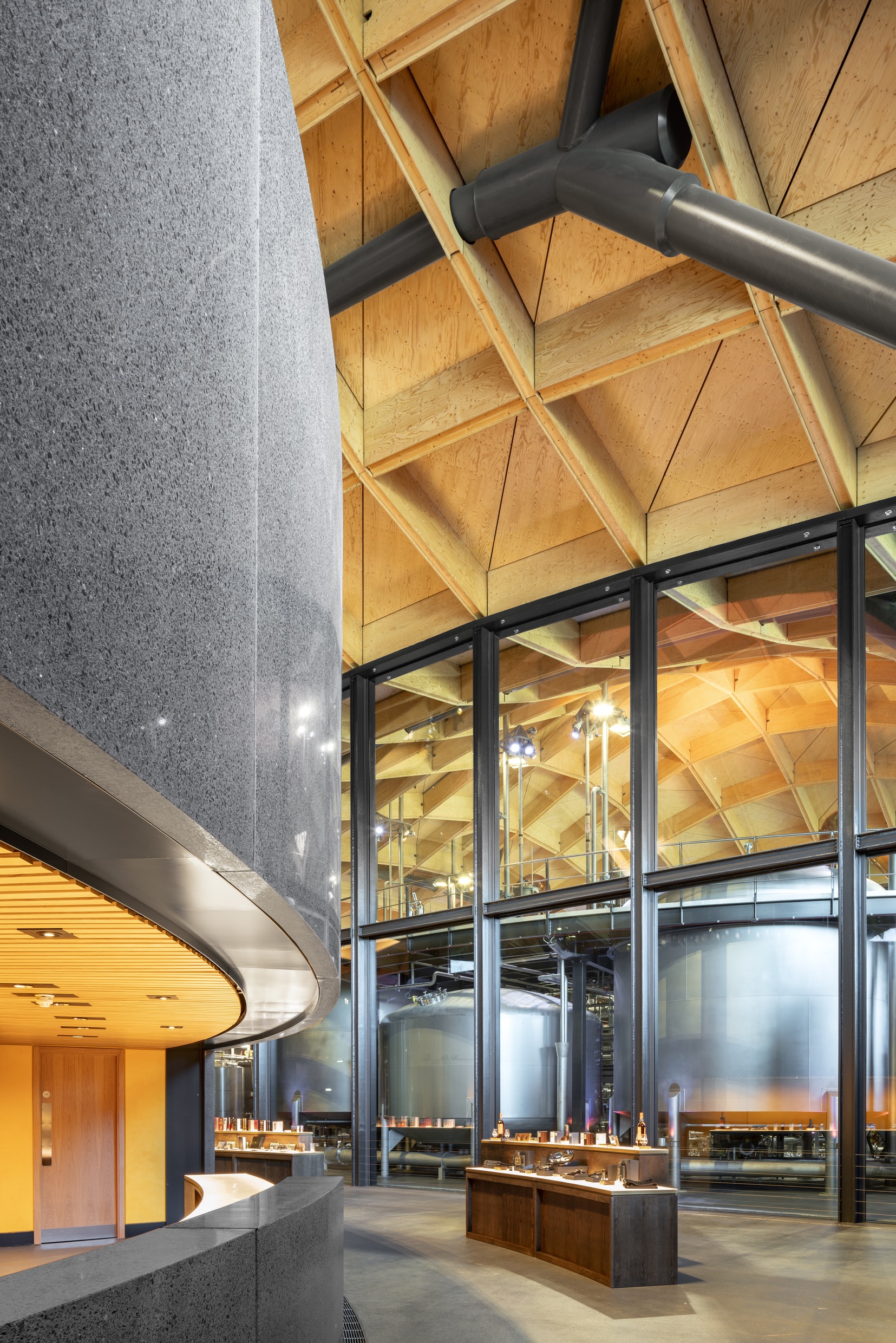
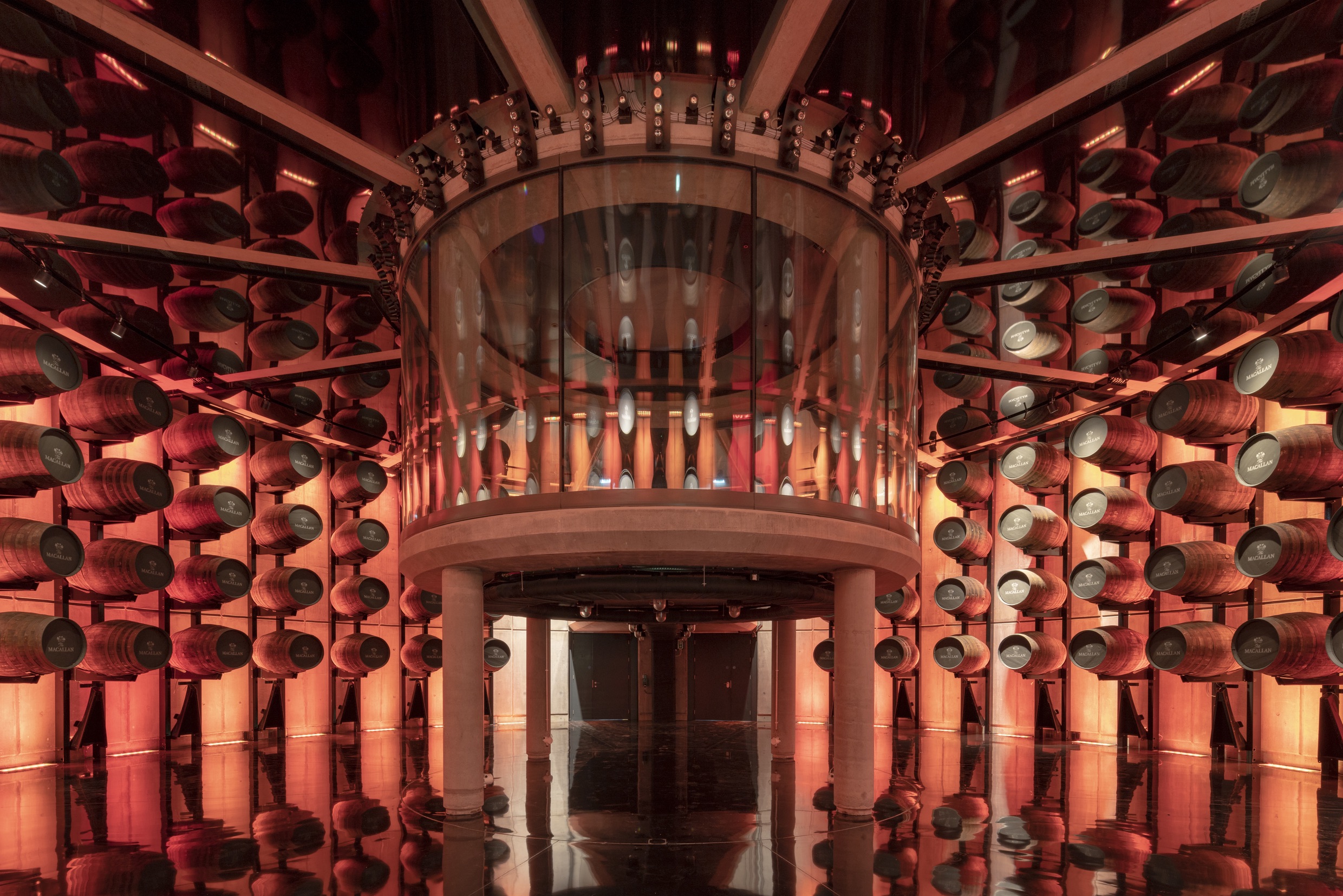
INFORMATION
Simon Mills is a journalist, writer, editor, author and brand consultant who has worked with magazines, newspapers and contract publishing for more than 25 years. He is the Bespoke editor at Wallpaper* magazine.
-
 Volvo’s quest for safety has resulted in this new, ultra-legible in-car typeface, Volvo Centum
Volvo’s quest for safety has resulted in this new, ultra-legible in-car typeface, Volvo CentumDalton Maag designs a new sans serif typeface for the Swedish carmaker, Volvo Centum, building on the brand’s strong safety ethos
-
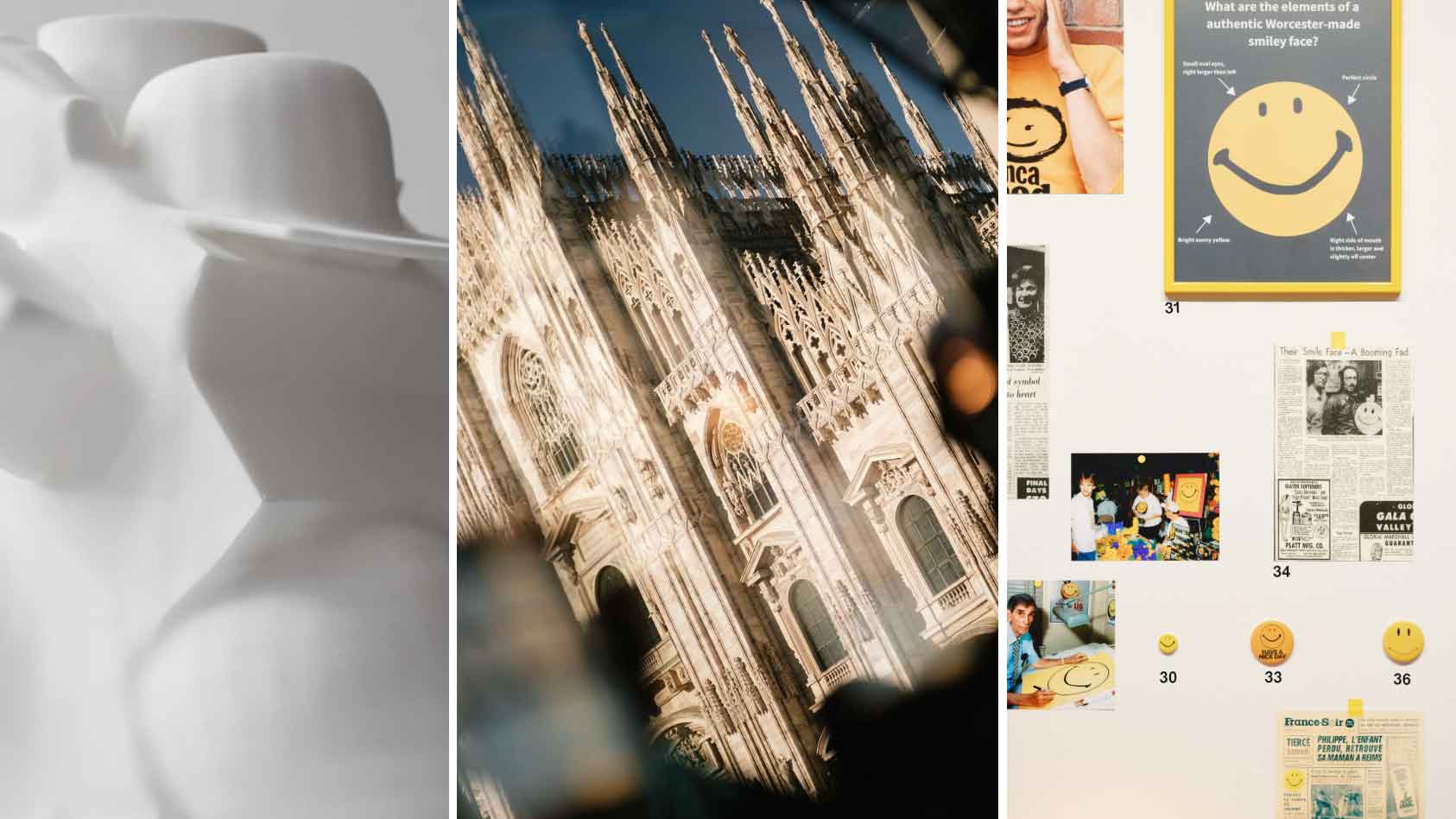 We asked six creative leaders to tell us their design predictions for the year ahead
We asked six creative leaders to tell us their design predictions for the year aheadWhat will be the trends shaping the design world in 2026? Six creative leaders share their creative predictions for next year, alongside some wise advice: be present, connect, embrace AI
-
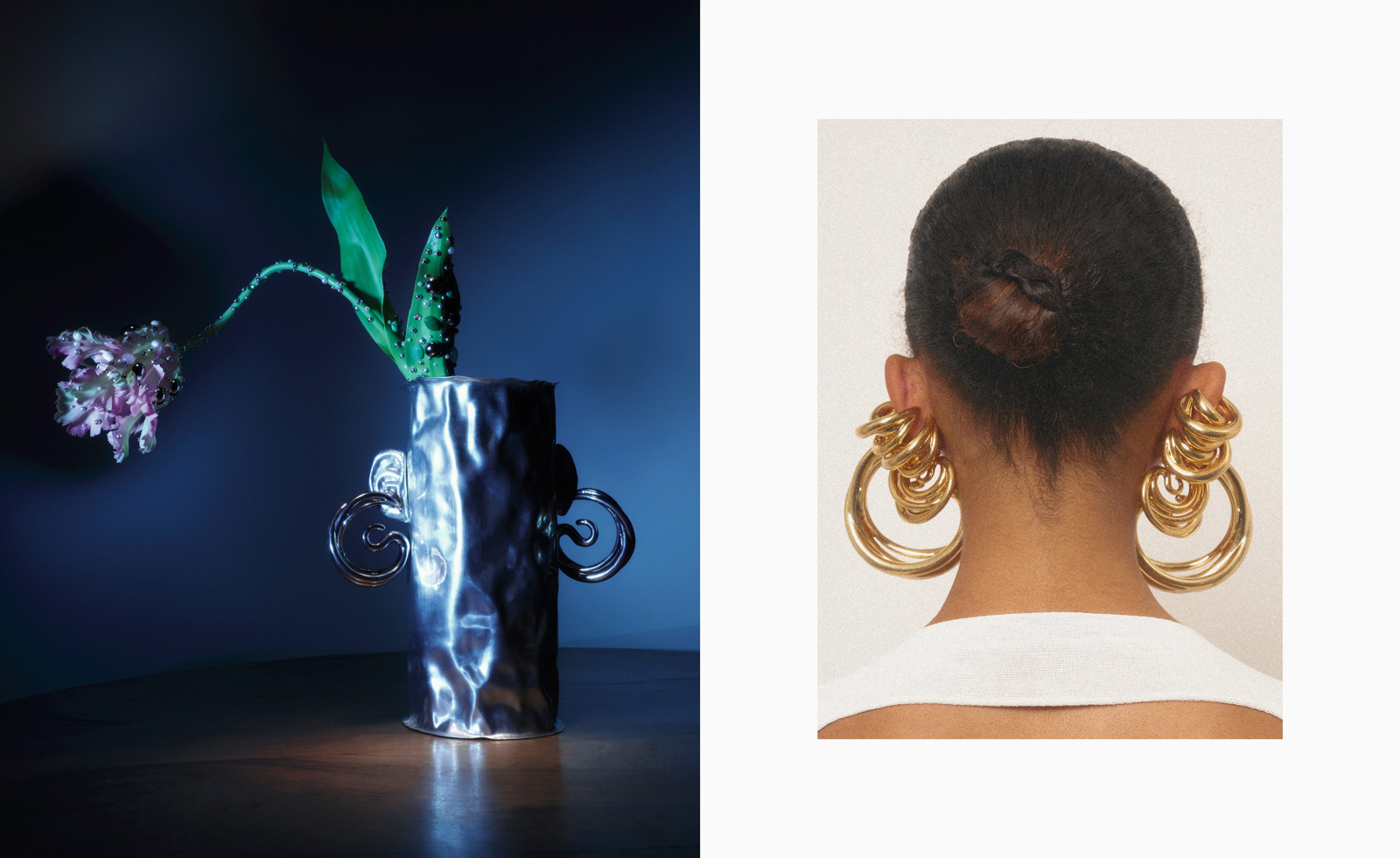 10 watch and jewellery moments that dazzled us in 2025
10 watch and jewellery moments that dazzled us in 2025From unexpected watch collaborations to eclectic materials and offbeat designs, here are the watch and jewellery moments we enjoyed this year
-
 Arbour House is a north London home that lies low but punches high
Arbour House is a north London home that lies low but punches highArbour House by Andrei Saltykov is a low-lying Crouch End home with a striking roof structure that sets it apart
-
 A former agricultural building is transformed into a minimal rural home by Bindloss Dawes
A former agricultural building is transformed into a minimal rural home by Bindloss DawesZero-carbon design meets adaptive re-use in the Tractor Shed, a stripped-back house in a country village by Somerset architects Bindloss Dawes
-
 RIBA House of the Year 2025 is a ‘rare mixture of sensitivity and boldness’
RIBA House of the Year 2025 is a ‘rare mixture of sensitivity and boldness’Topping the list of seven shortlisted homes, Izat Arundell’s Hebridean self-build – named Caochan na Creige – is announced as the RIBA House of the Year 2025
-
 In addition to brutalist buildings, Alison Smithson designed some of the most creative Christmas cards we've seen
In addition to brutalist buildings, Alison Smithson designed some of the most creative Christmas cards we've seenThe architect’s collection of season’s greetings is on show at the Roca London Gallery, just in time for the holidays
-
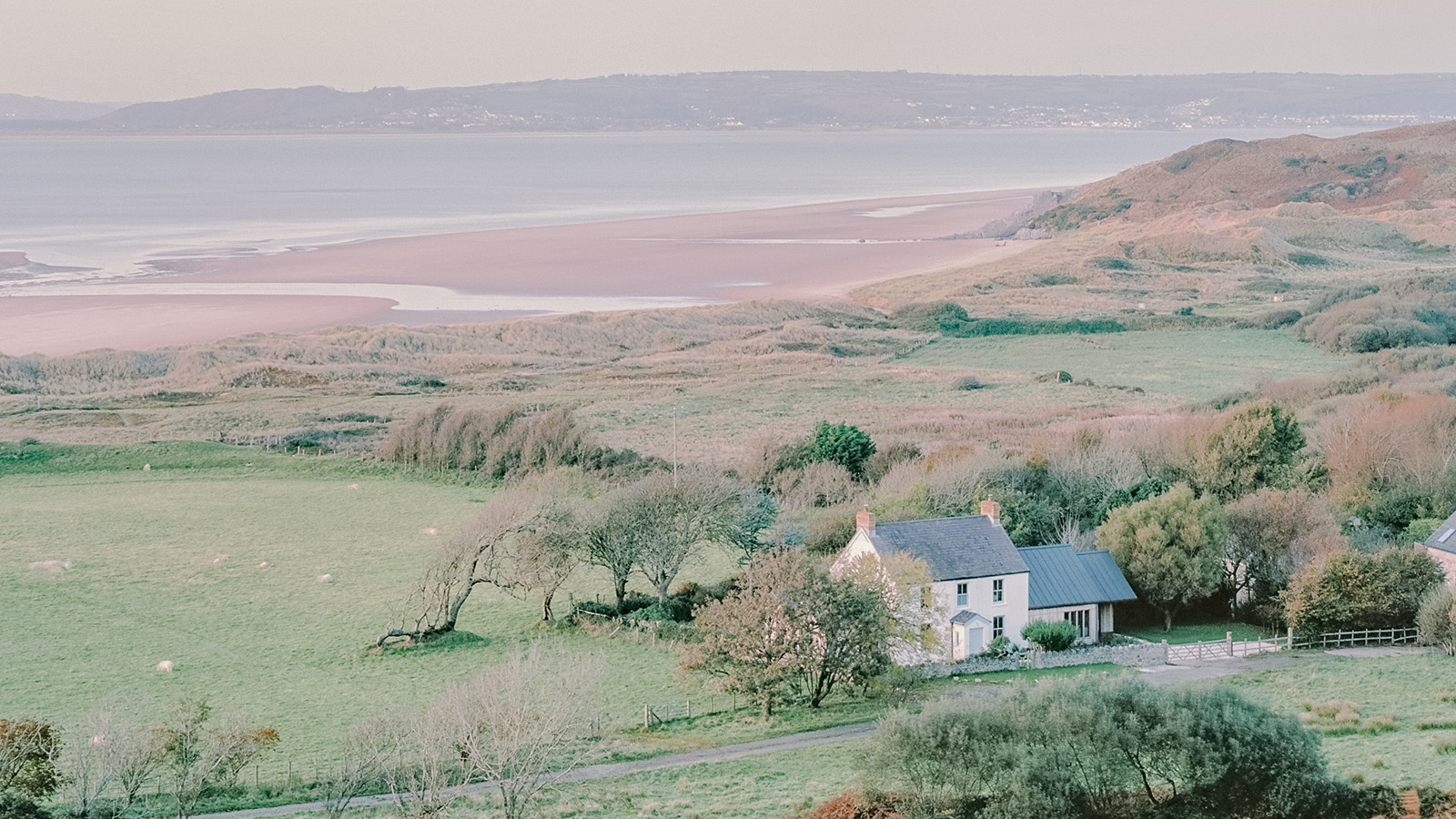 In South Wales, a remote coastal farmhouse flaunts its modern revamp, primed for hosting
In South Wales, a remote coastal farmhouse flaunts its modern revamp, primed for hostingA farmhouse perched on the Gower Peninsula, Delfyd Farm reveals its ground-floor refresh by architecture studio Rural Office, which created a cosy home with breathtaking views
-
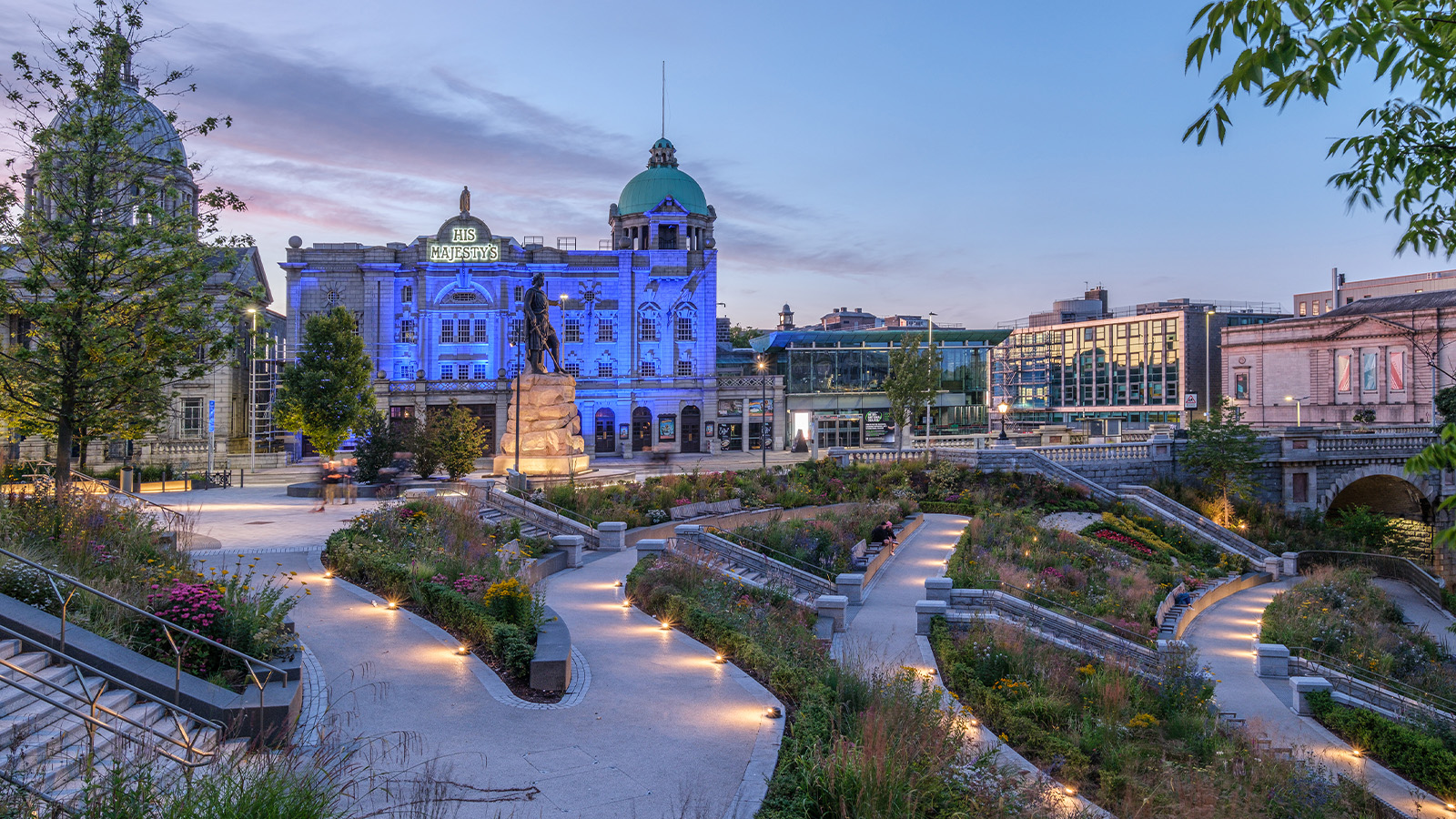 A revived public space in Aberdeen is named Scotland’s building of the year
A revived public space in Aberdeen is named Scotland’s building of the yearAberdeen's Union Terrace Gardens by Stallan-Brand Architecture + Design and LDA Design wins the 2025 Andrew Doolan Best Building in Scotland Award
-
 A refreshed 1950s apartment in East London allows for moments of discovery
A refreshed 1950s apartment in East London allows for moments of discoveryWith this 1950s apartment redesign, London-based architects Studio Naama wanted to create a residence which reflects the fun and individual nature of the clients
-
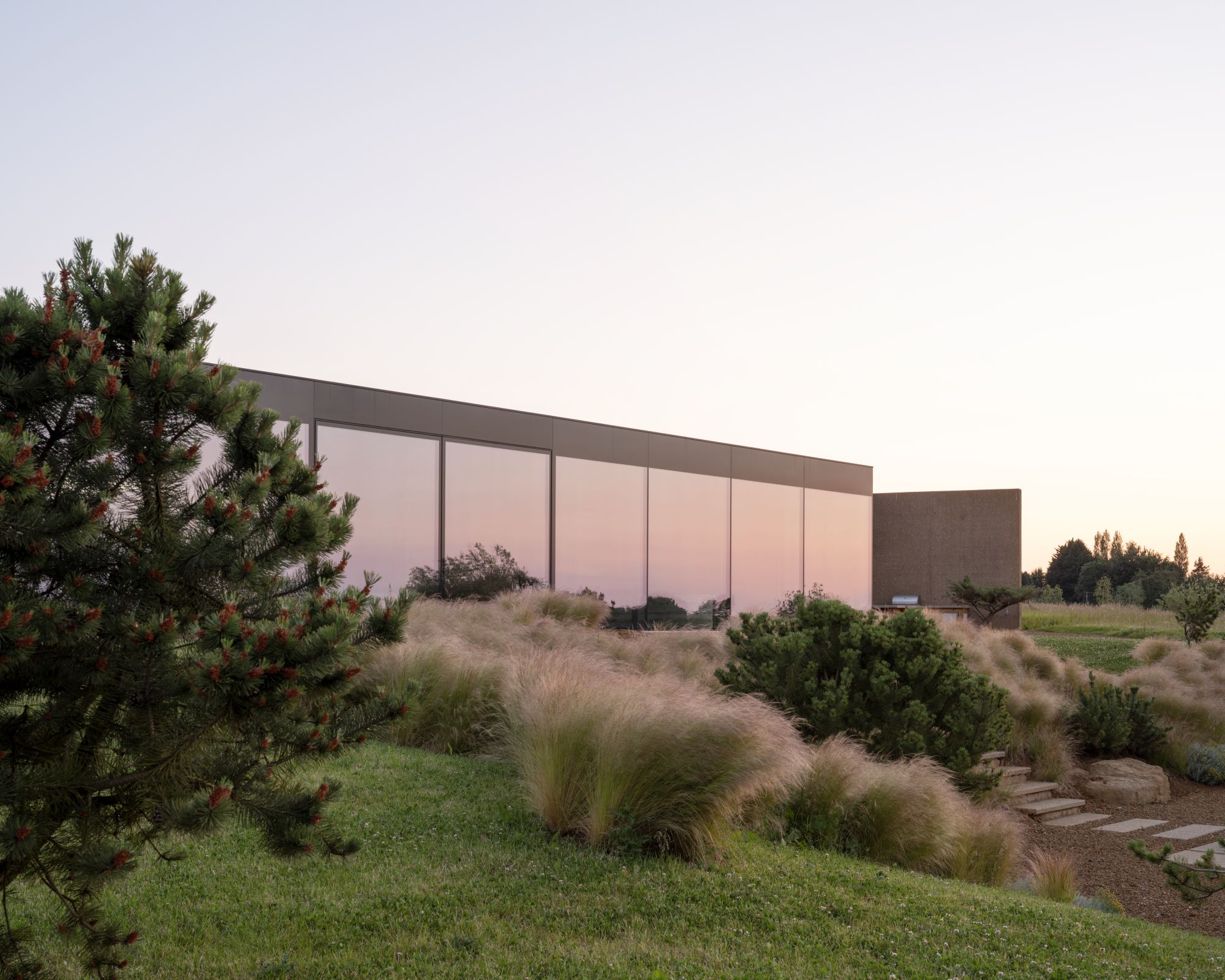 In this Cotswolds home, drama meets minimalism
In this Cotswolds home, drama meets minimalismCotswolds home Hiaven house, with interiors designed by McLaren Excell, is a perfect blend of contemporary chic and calm, countryside drama